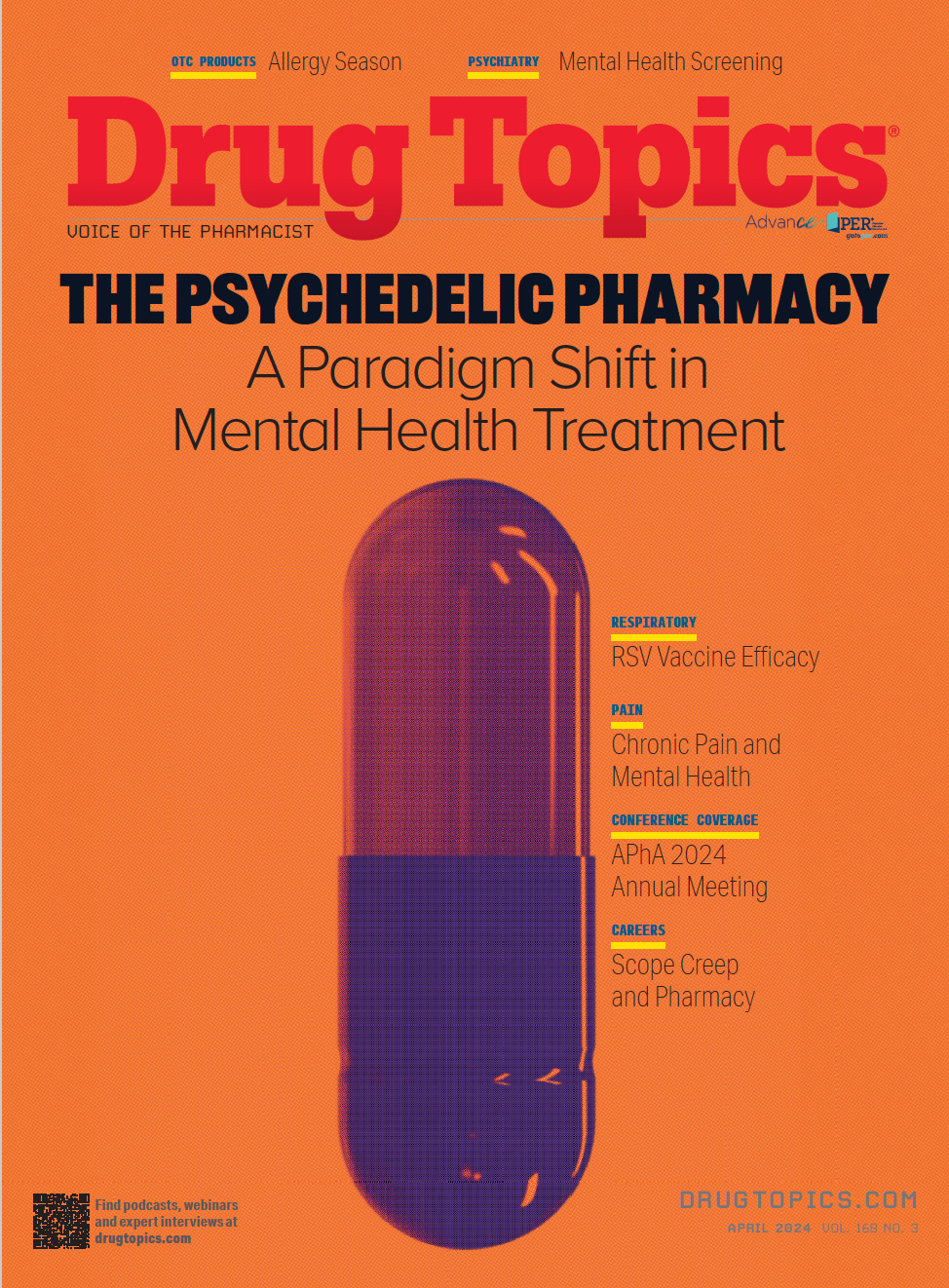Consumer Survey Data Show Opportunity, Challenges in OTC Space
The average US household spent $645 on OTC products in 2022.
During his presentation of the Annual OTC Update at the American Pharmacists Association 2024 Annual Meeting and Exposition, Daniel Krinsky, RPh, MS, BS, FAPhA, shared the results of a November 2022 conducted by the Consumer Healthcare Products Association and Information Resources, Inc., which updated survey data from 2011 and 2018.1
“It’s been very enlightening to read the updated information about consumer use of these products,” Krinsky said. Just over 5000 participants answered questions related to 9 categories of products, including allergies, analgesics, antifungal, cough/cold/flu, lower gastrointestinal, medicated skin, sleep aids, smoking cessation, and upper gastrointestinal.
OTC products saved billions of dollars in indirect costs due to fewer visits to health care provider offices. | Image credit: Iryna - stock.adobe.com

“What they found was that the average household spent $645 on OTCs, which was an increase of 8% over 2021,” said Krinsky. “The ratio of dollars saved to dollars spent in some of the categories was 15 to 1; that means that for every dollar spent, it saved the health care system $15.”
Another interesting finding that Krinsky pointed out is that 50% of consumers surveyed said they use technology and devices to support their health and wellness. “Is anybody surprised by that?” he asked. “I think what you’re going to see is much more overlap between digital health solutions, technologies, [and] therapies. There’s much more overlap [and] there’s many more opportunities to get involved in helping patients better manage their health, and take a more preventive approach, to their health using technology.”
Three conditions—allergies, medicated skin issues, and sleep issues—saw an increase in OTC product use from 2018 to 2022: Use for allergies increased from 50.3% to 57.2%, from 50.5% to 53.7% for medicated skin issues, and from 29% to 37% for sleep issues.
READ MORE: High Frequency of OTC Product Misuse in Older Adults Highlights Areas for Pharmacists to Address
Other “fascinating findings” from these data, Krinsky said, included the 43% of respondents who said that support for anxiety and stress were more important to them, post-pandemic; the approximately 33% of respondents who were seeking solutions for weight management, immune support, and enhanced energy; and the 34% of respondents who buy their OTC products online.
“I’m a little concerned by that [number],” said Krinsky of the online purchase data point. “Are they interacting with anybody? Is anybody able to provide advice on dosing, safety issues, [or] drug interactions? No. …Is it going to continue to increase? What can we do about it?”
“Every time we interact with our patients, ask them, ‘What are you taking?’” Krinsky suggested. “Ask what they take every day, what they take when they need it. We need to have conversations with our patients.”
The survey also included dollar figures related to some of the collected data:
$167.1 Billion: The total saved in a year with OTC product use, due to fewer provider office visits and prescription medications.
$7.33 Per $1 Spent: The total saved by the United States health care system with every $1 spent on OTC products.
$110.3 Billion: The total saved resulting from American’s decisions to self-treat with OTC products rather than visiting a health care provider’s office for treatment.
$56.8 Billion: The total saved with the use of lower-cost OTC medications compared to prescription alternatives.
The economic value of OTC products is there, “but I prefer to look first and foremost at the clinical patient care issues, safety, efficacy, [and] those types of information,” Krinsky said. The survey revealed that 76% of respondents were confident in their ability to protect or improve their health; 59% said that they actively seek out health and wellness information and 58% said that they primarily rely on their own actions to support their health and wellness. For Krinsky, these data raised some additional concerns: “Do three-quarters of your patients have the ability to make independent decisions about their health? Where do they get that health information?”
READ MORE: OTC Resource Center
Read more of our coverage from the 2024 APhA Annual Meeting & Exposition here.
Reference
1. Krinsky D. M-I-C-K-E-Your Annual OTC Update. Presented at: American Pharmacists Association 2024 Annual Meeting and Exposition; March 22-25, 2024; Orlando, FL.
